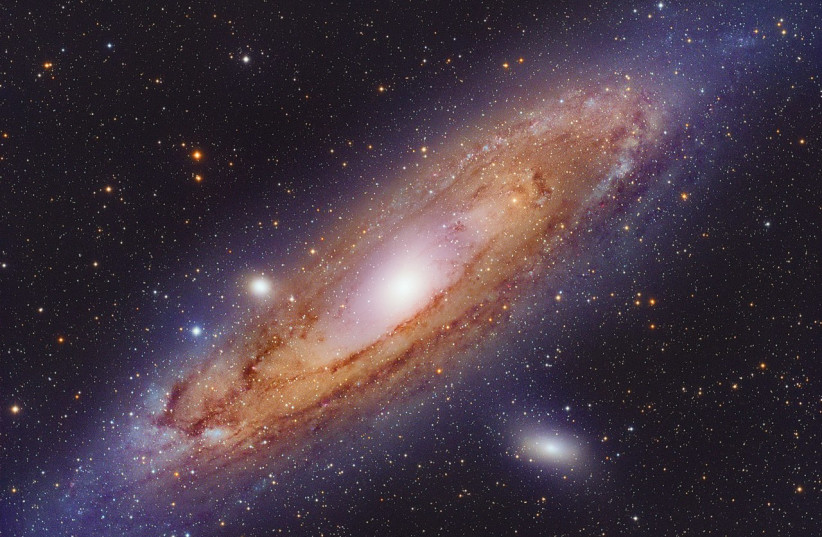Scientists have managed to detect the earliest and farthest known radio signal from a galaxy ever discovered, with the signal having originated some 8.8 billion years ago.
The findings of this study were published in the peer-reviewed academic journal the Monthly Notices of the Royal Astronomical Society.
The signal was detected by the Giant Metrewave Radio Telescope in India and may indicate that humanity is ready to study galaxies in the farther reaches of space to get a better look at the universe's earlier years.
Talk about long-distance: Getting radio signals from different galaxies
One of the reasons scientists spend so much effort in trying to study distant galaxies is because of how time works with distance.
Basically, it takes a long time for signals sent from a galaxy to reach Earth. This means that by the time it gets to us, a considerable amount of time has passed.

Likewise, the farther away something is in space, the longer it will take.
What this all means is that the farthest galaxies will likely have the oldest messages. This is important as it acts as our best means of understanding how stars in different galaxies form.
However, the problem is that signals get weaker over time, meaning that most radio telescopes on Earth may be too weak to pick up some of them.
This latest signal was found at a very specific wavelength, known as the 21-centimeter line.
Also as the hydrogen line, this is an electromagnetic radiation spectral line created when neutral hydrogen atoms change their energy state. This is an extremely specific and precise frequency of 1420.405751768(2) MHz.
This galaxy in question is the faraway galaxy known as SDSSJ0826+5630, and the signal itself was thought to be 8.8 billion years old, back when the universe itself was just 4.9 billion years old (it is now widely estimated to be 13.8 billion years old).
How did we pick up this galaxy's signal?
This visibility was made possible thanks to a technique called gravitational lensing. This essentially magnifies the signal and lets us look closer when the signal gets bent. This happens when there is another massive object between the signal's source and us. In this case, that other massive object was another galaxy.
Because of this, the radio signal is essentially magnified – and in this case, it was magnified by around a factor of 30.
Now, gravitational lensing isn't anything new, and is even part of Albert Einstein's General Theory of Relativity. Scientists have used it before to conduct other studies, such as taking a look at faraway galaxies to scan for dark matter. However, this latest study shows that this technique can also help radio telescopes study galaxies farther away from Earth.
This is because, as the study notes, they expect to find more faraway and old galaxies this way thanks to gravitational lens-boosted signals just like this one.
And like that, our understanding of the puzzle of the cosmos gets just a little bit more complete.
